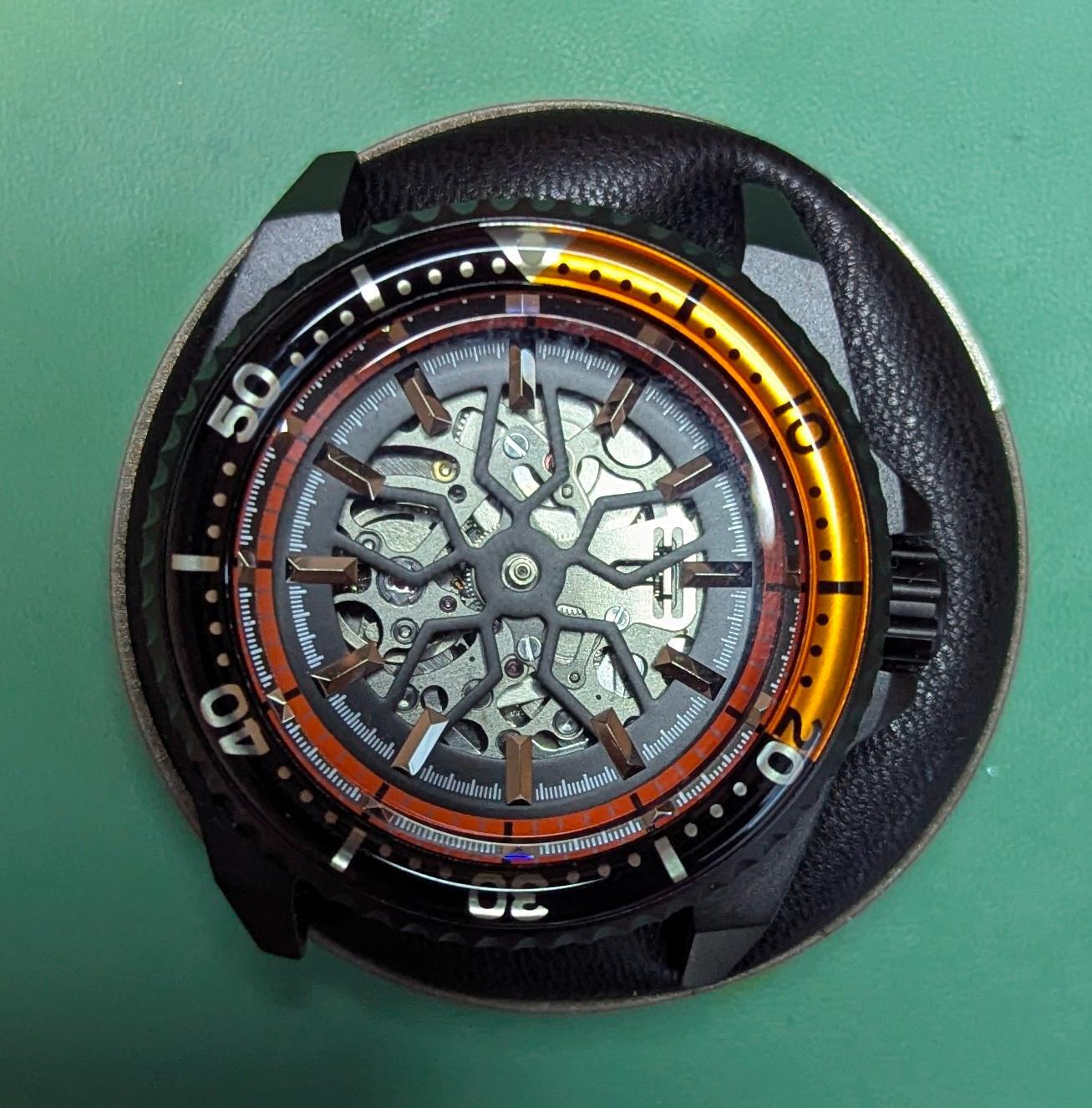404 Club
-
Recently Browsing
- No registered users viewing this page.
-
Topics
-
Posts
-
Courtesy of my parents who are at the Henry Ford Museum (formerly Greenfield Village) in Dearborn, Michigan today - a photo of the watchmaker's bench setup in Thomas Edison's Menlo Park laboratory. This is a pretty good display, a pallet warmer, truing caliper, staking set (unfortunately closed box), spirit lamp, and check out that six jaw chuck on the lathe. The museum is a mostly an outdoor village where Ford had moved numerous buildings important to himself and to the history of technology in the USA. (Also includes the Wright brothers' bicycle shop for example). As a teenager I worked in an 1850's tavern there. There are several other large lathes too.
-
Yes, I see now that it's cracked but wasn't sure if you were just referring to the split opposite it.
-
Yeah, it’s definitely cracked. I could probably glue it, but more trouble than it’s worth. A new one is £14.
-
By watchweasol · Posted
Hi in the video notice the copper coloured coil do not touch it with the screw driver keep it covered with your gloved finger to avoid damage, it’s too easily clipped and destroyed the bracelet is best opened up flat so as not to get in the way. It only hinders your work. -
By RichardHarris123 · Posted
Having the bracelet in the way would drive me mad.
-





Recommended Posts
Join the conversation
You can post now and register later. If you have an account, sign in now to post with your account.
Note: Your post will require moderator approval before it will be visible.